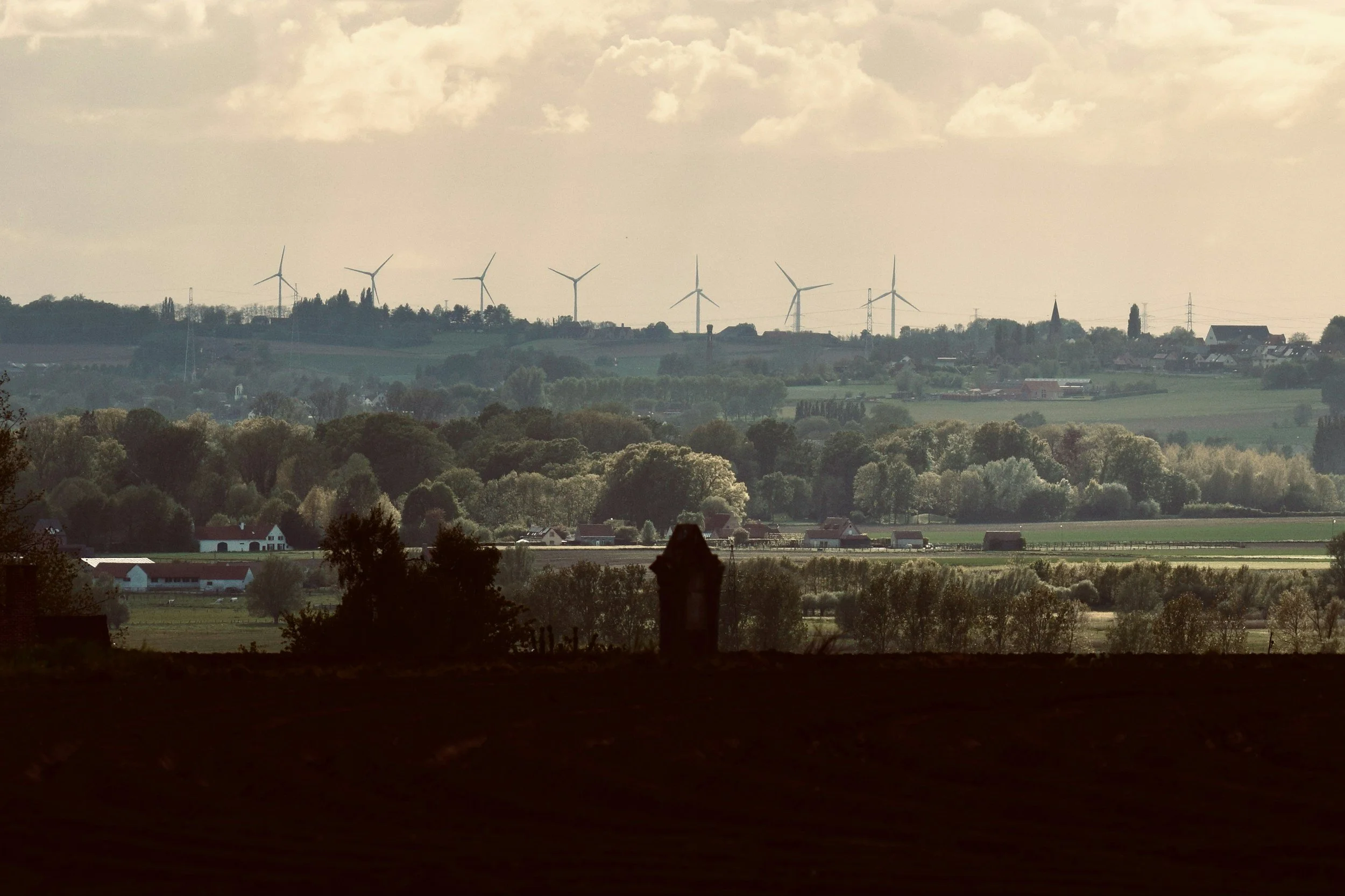
Beyond Reduction: Removals, Insetting, and Authentic Communication
This morning's news, with the UK’s Energy Secretary Ed Miliband publicly defending and reinforcing the UK's 2050 Net Zero target, serves as a powerful anchor for our final article in this series. Despite ongoing political debates, the long-term direction of travel for British industry is clear: building a credible decarbonisation strategy is not a "what if," but a "how, and how soon?"
Over the last three weeks, we've mapped out the 'how'. We started by decoding the language of Scopes 1, 2, and 3. We then moved on to practical strategies for reducing our direct operational emissions (Scopes 1 & 2), followed by the immense challenge of tackling our value chain footprint (Scope 3).
This brings us to the final, crucial questions: What do we do with the small fraction of emissions that are currently impossible to eliminate? And just as importantly, how do we talk about all this work authentically, without falling into the greenwashing traps that regulators and citizens are now so alert to?

Taming the Elephant: A Practical Guide to Your Scope 3 Emissions
It’s time to get juicy in our series on Net Zero and get stuck into the biggest area of our emissions. We’ve already focused on 'getting our own house in order' through developing practical strategies to reduce the Scope 1 and 2 emissions generated directly from our own operations and purchased energy. This is a fundamental and necessary step for any credible climate journey.
Now, we must confront the carbon sized elephant in the room: Scope 3.
For most drinks businesses, Scope 3 emissions – all the indirect emissions that occur in your value chain, both upstream and downstream – represent the overwhelming majority of their carbon footprint, often accounting for 80-90% or more of the total. Any Net Zero commitment that doesn't comprehensively address Scope 3 is, frankly, missing the point. While it is the most complex area to tackle, it is also where the greatest impact can be made.
